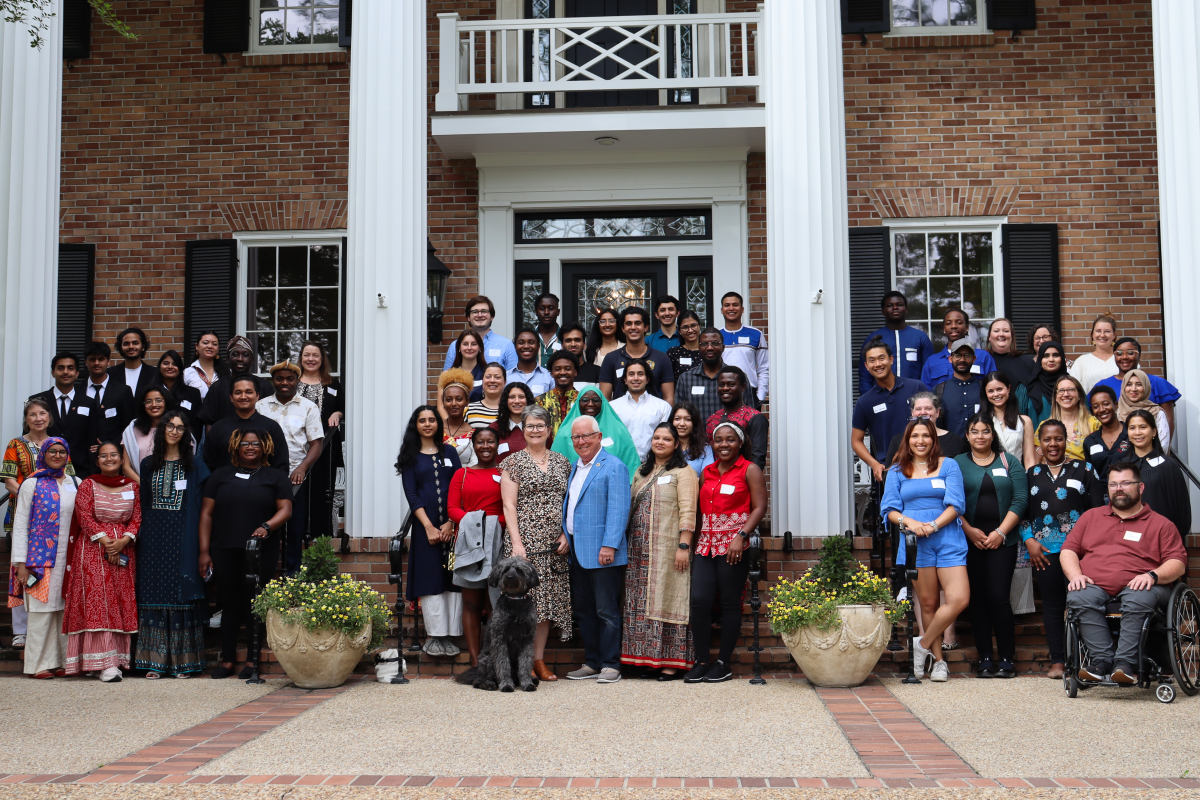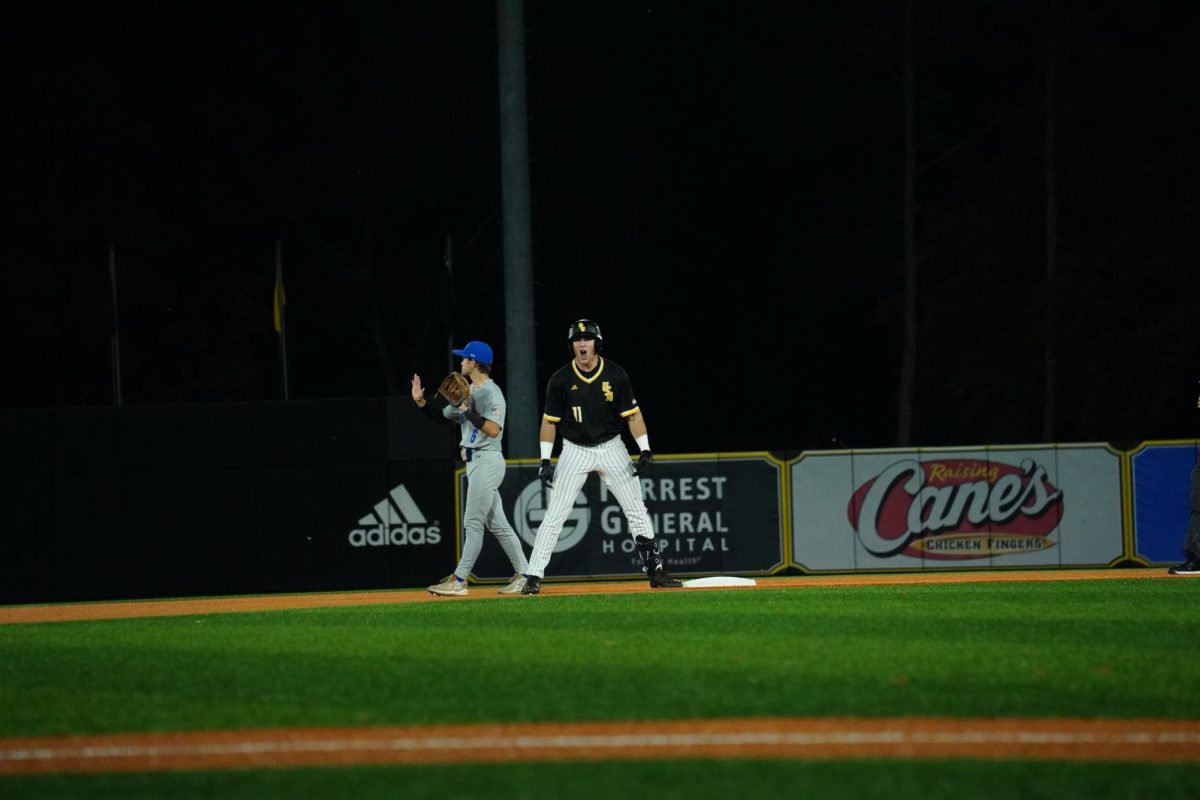With Mardi Gras approaching rapidly, we ready ourselves for a week of drinking, eating and merry-making. We book our hotels or Airbnb in New Orleans or Mobile and buy our tickets to the many balls that will be thrown in celebration of the holiday. That’s just how we do it. There are several cultures that celebrate this time of year. Whether you call it Mardi Gras, Carnaval or something else, we all know it’s going to be a little crazy.
When you think of the celebration of Mardi Gras you think New Orleans. However, the celebration as we know it originated in Mobile, Ala., in 1703 as it was the capital of French Louisiana at the time. Settlers from France founded the settlement of Mobile and established the first official Mardi Gras celebration in the United States. By 1711, the first krewe was formed, and by 1723 the capital moved to New Orleans, which established the celebration there.
Due to the Catholic heritage of the French settlers, the holiday falls right before Lent with the last parade ending on Shrove Tuesday, lovingly known as “Fat” Tuesday. This is where eating, drinking and merry-making comes in. Fat Tuesday is the day that you feast before your 40 days of fasting begins. You drink and eat as much as you possibly can!
Many other Christian countries have different names and purposes for them. For example, in the United Kingdom, they celebrate Pancake Day. The story goes that a woman from a little town in Buckinghamshire lost track of the time and was still making pancakes when she realized she was late for service. She apparently ran through the street still holding her frying pan and flipping the pancake so that it would not burn.
To this day, some cities and towns still hold pancake races in the streets to remember the old wives’ tale. This is just a small scale example of how other countries celebrate.
The largest Mardi Gras in the world is known as Carnaval, and it is held in Rio de Janeiro, Brazil, and lasts five days. They celebrate with huge parades and lights and fireworks and amazing South American music with extensive drumlines and choruses. There is plenty of food, as the Brazilian culture is rich in their culinary skill. They serve cocktails and street foods that contain lots of local ingredients, like fresh pork, pineapple and corn.
The secret behind this celebration being so large is that Brazil is a Catholic country, and members of the faith from all over the world go down to South America to celebrate in their rich faith every spring.
These few are not even close to the entirety of the pre-Lenten celebrations that take place all over the world. Germany and Belgium celebrate Karnival, which starts on Nov. 11th, ramps up the week before Ash Wednesday, and finally ends on Mardi Gras. Venice, Italy, has its own Carnevale celebration with many different meat dishes as the name translates to “farewell to meat.”
Regardless of how or where your family chooses to celebrate this holiday, just remember to stay safe, eat and drink to your heart’s content, and laissez les bons temps rouler!
photo courtesy Shoreline Village






























